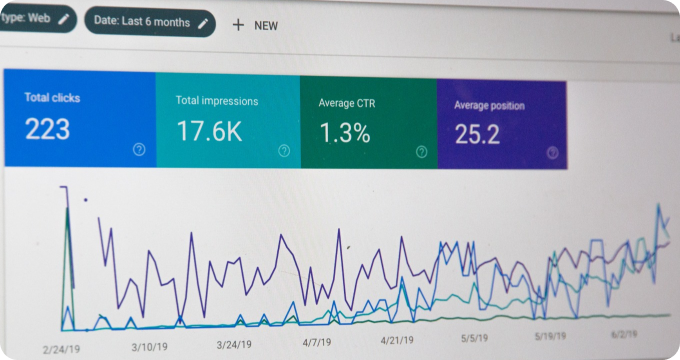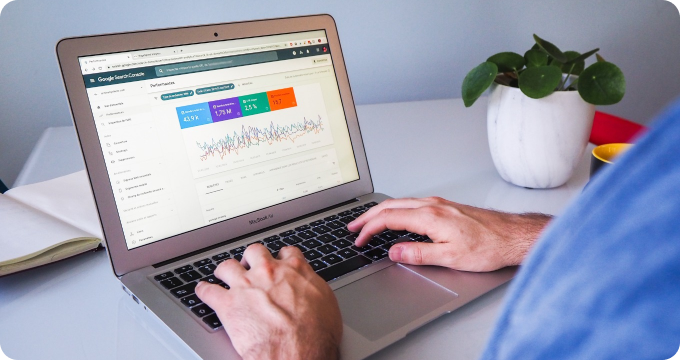How to Hire the Right Software for Qualitative Data Analysis
- October 21, 2023
- 2 minutes
The sphere of qualitative data analysis is a labyrinth of nuance, complexity, and, at times, ambiguity. The ability to navigate this labyrinth does not merely depend on the data researcher's skill set, but also critically hinges on the software tools employed in the process.
When embarking on the quest of qualitative data analysis, it becomes vital to arm oneself with the right software. The selection of this tool, however, is far from simplistic or linear. It is an intellectual exercise that demands a profound understanding of the requirements, the available options, and the trade-offs among them.
In an era characterized by digital transformation, the market is inundated with a plethora of software options for qualitative data analysis. These range from QDA Miner, NVivo, and Atlas.ti to MAXQDA, Dedoose, and beyond. A superficial examination of these options might render them indistinguishable, but a closer inspection reveals that each one comes with its unique strengths, limitations, and quirks.
The most prominent factor influencing the choice of software is the nature and scope of your research project. The research design significantly affects the software capabilities needed for the successful execution of the project. For instance, a study involving extensive coding might necessitate a software equipped with sophisticated coding tools like NVivo or Atlas.ti. Alternatively, for a project relying heavily on visual data, a tool like MAXQDA, which has robust support for visual data analysis, might be more appropriate.
Furthermore, it is crucial to evaluate the software in terms of its ease of use. A software with a user-friendly interface and intuitive functionalities can significantly augment productivity and efficiency. For instance, Dedoose is heralded for its easy-to-navigate interface and web-based access, which allows for collaborative work.
Yet, a comprehensive cost-benefit analysis forms the bedrock of a robust software selection strategy. While performing this analysis, one must take into account not only the direct costs, such as licensing fee, but also the indirect costs, like learning curve associated with the software. For example, while NVivo might be a powerful tool, its steep learning curve might inflate indirect costs and delay the project timeline.
The reliability and security of the software are other critical parameters to consider. A data breach or loss can be catastrophic, leading to ethical violations, lawsuits, and reputational damage. Hence, a tool with robust security measures and a reliable backup system is non-negotiable.
In addition, it is wise to reflect on the future. A software that can adapt to evolving research needs and technological advancements is more likely to provide value in the long run. Scalability, adaptability, and vendor support are the key indicators to consider in this regard.
Given the enormity of the decision, it is advisable to engage in a systematic evaluation process. An initial step could be to identify a set of potential tools based on initial requirements. The next step would involve a thorough comparison of these tools based on the factors discussed above. Further refinement of the list can be achieved by trial usage of the software, peer reviews, and expert consultation.
The selection of a qualitative data analysis software is akin to choosing an intellectual partner for your research journey. It can be the difference between a smooth sail and a rocky ride. Hence, it merits a thoughtful, informed, and diligent decision-making process. Remember, the goal is not to hire the most powerful or popular software, but the right software, the one that complements your research design, aligns with your capabilities, fits your budget, and safeguards your data. Because, in the end, the right tool in the right hands can weave the raw threads of qualitative data into the rich tapestry of knowledge and insight.
Learn More
Unleash the power of your data and transform your research by diving deeper into our insightful blog posts about software for qualitative data analysis. For an unbiased, comprehensive view, they are encouraged to explore our meticulously curated rankings of the Best Software For Qualitative Data Analysis.
Popular Posts
-
 Qualitative Data Analysis Software Industry Report: Key Findings and Crucial Insights
Qualitative Data Analysis Software Industry Report: Key Findings and Crucial Insights
-
 How to Budget for Software in Qualitative Data Analysis
How to Budget for Software in Qualitative Data Analysis
-
 Ask These Questions to a Data Analyst to Choose the Right Software for Qualitative Data Analysis for You
Ask These Questions to a Data Analyst to Choose the Right Software for Qualitative Data Analysis for You
-
 11 Essential Questions to Ask Before Choosing Your Qualitative Data Analysis Software
11 Essential Questions to Ask Before Choosing Your Qualitative Data Analysis Software
-
 7 Things I Wish I'd Known About Software For Qualitative Data Analysis Before Investing In One
7 Things I Wish I'd Known About Software For Qualitative Data Analysis Before Investing In One






